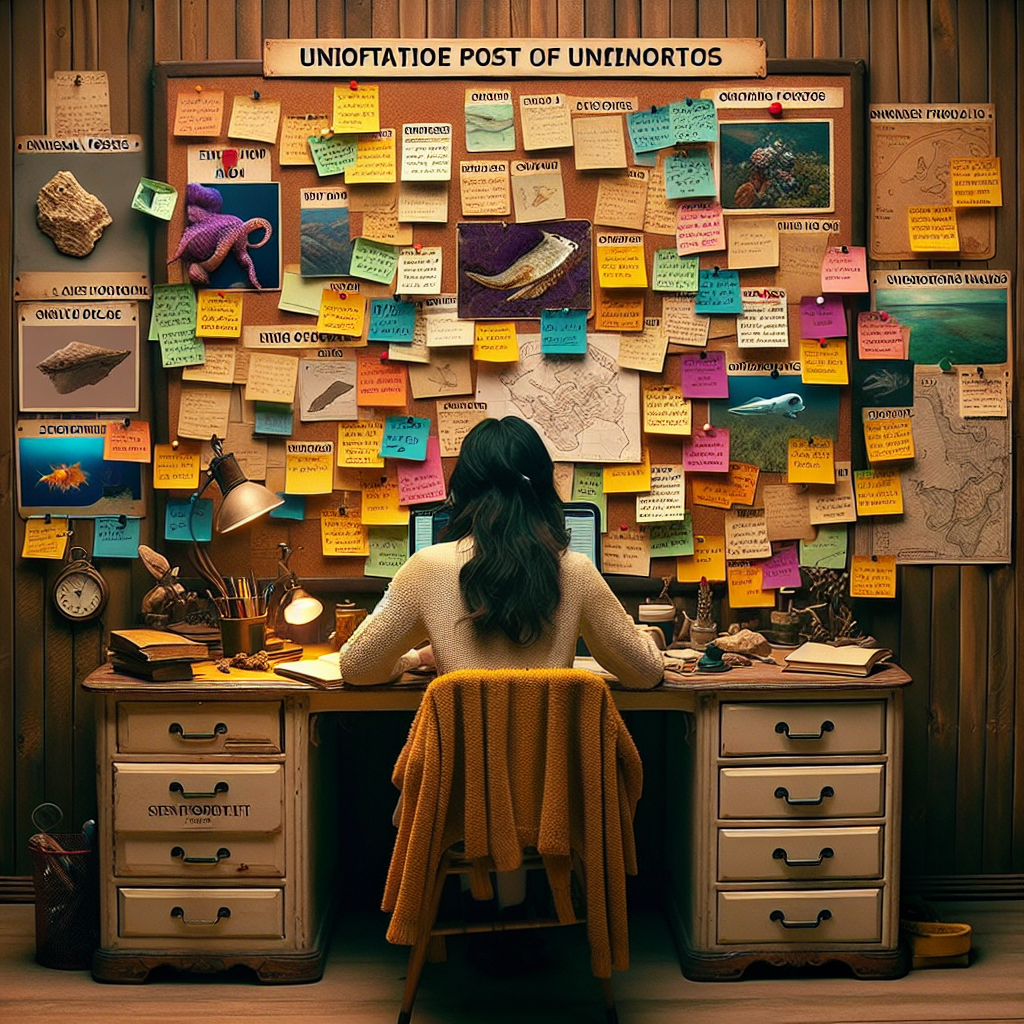In the vast expanse of the Pacific Ocean, thousands of islands dot the azure canvas almost like celestial bodies, signifying vibrant cultures and tenacious histories. A particularly fascinating specter in this chronicle is the extraordinary naval prowess of Polynesian explorers, rightfully referred to as the ‘Vikings of the Pacific.’ How did the indigenous Polynesians manage to navigate these wide expanses of water without the aid of modern instruments or written language – a feat that would even put the GPS-dependent explorers of the modern world to shame time and time again – is the enigma we aim to decipher.
The Ancient Polynesians were phenomenal navigators who began their voyages around 2000 years before our time. These were not accidental voyagers who found islands by luck as it is commonly misconstrued. These seafarers purposefully explored the Pacific Ocean, systematically discovering and colonizing the myriad islands sprawling between Hawaii, New Zealand, and Easter Island. Their navigational capacity was achieved through a deep understanding of nature, keen observations, and an oral tradition that was passed down through generations.
The Polynesians are known to have an intimate knowledge of celestial bodies. They used the stars for direction and knew when and where specific stars would rise and set. The position of the star, at its zenith, provided the latitude. In addition to the celestial navigation, they observed the flight patterns of birds, the fish species, cloud formations, and wave patterns to figure out their course.
They utilized the concept of a mental map, an imaginary geographical chart, held in the mind of the navigator. This concept of “wayfinding,” as it became known, involved carefully noting changes in environmental conditions such as ocean currents, water temperature, wind direction, and the color and shape of the waves. The layout of these maps would be changed according to observations made during voyages, allowing a constant update on the geographic understanding of the Pacific.
The Polynesian’s successful exploration is a testament of human ingenuity and adaptability. Without any written language, they devised a system to share their navigational prowess orally. They designed extensive networks of genealogies and mythologies aligning their skills, sacred history, and the act of guidance itself, diligently shaping their wayfaring culture.
Imagine the bravery required to venture into the unknown, trusting their senses and the small clues provided by the ocean and the sky. Most importantly, recognize how they passed on these skills orally over generations, with each new generation of navigators memorizing, learning, and then adding to the collective knowledge base. It provides us with an extraordinary example of observational learning, reliant upon the shared and cumulative knowledge of a community.
The way of life of Polynesian explorers, their extraordinary navigation skills, and their understanding of the world around them is a captivating journey into the very nature of human exploration. It harks back to a time when the world was uncharted and the thrill of discovery was part of the very essence of life. Revisiting these historic expeditions, we can glean ways to rekindle our sense and appreciation of exploration – an art seemingly lost within our tech-dominated, increasingly insular lives.
Studying Polynesian navigation encourages us to reconnect with the natural world, to observe it closely, extract patterns, and be astounded by its intricate mechanisms. It reminds us that the horizons of learning are ever-expanding, inviting us to keep exploring, keenly observing, and constantly learning from the world around us.
In conclusion, the Polynesian explorers illustrate impressively that humans are capable of extraordinary feats when they explore, innovate, and adapt. By valuing and conserving these ancient navigational art forms, we entwine the past, the present, and direct the course towards a future that continues to explore and learn, finding its way just like the forgotten Vikings of the Pacific.

Unraveling the Secrets of Polynesian Exploration
Posted
in
by
Tags:
Leave a Reply